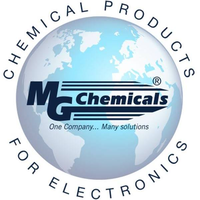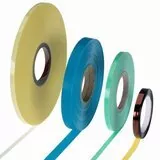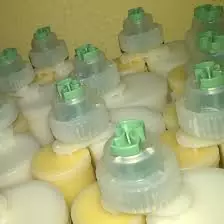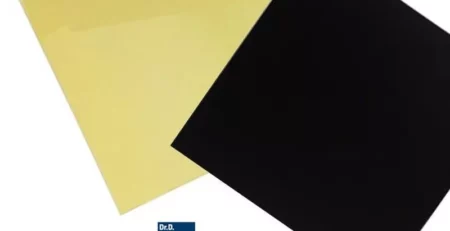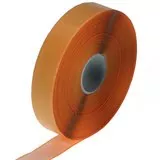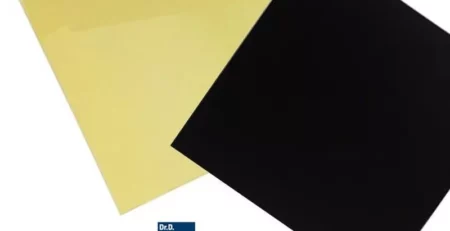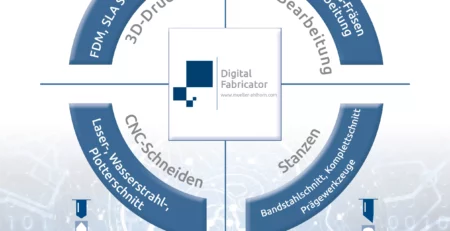Robust materials for reliable LED lighting in demanding environments
Nowadays, LEDs (Light Emitting Diodes) are being used in more and more applications, especially in harsh and demanding environments. The use of LEDs in applications that require extreme temperatures, vibration and shock requires robust materials to ensure that the LEDs function properly and have a long lifespan.
There are different materials that can be used for the robustness of LEDs. One of the most important is the case material. A robust LED requires a housing material that is strong enough to withstand vibration and shock, while at the same time being light enough not to affect the performance of the LED. Aluminum, plastics and ceramics are common housing materials for robust LEDs. Aluminum offers excellent heat dissipation and high strength, while plastics are lighter and cheaper. Ceramic offers excellent heat dissipation and is highly resistant to environmental influences.
Another important factor for the robustness of LEDs is the sealing of the housing. If the LED housing is not properly sealed, water, dust and dirt can enter and damage the LED. A good seal is achieved using silicone gaskets which provide excellent sealing and flexibility. Silicone gaskets are able to accommodate thermal expansion and contraction and provide excellent adhesion to a variety of materials.
Another factor that influences the robustness of LEDs is the bonding of the components. When producing robust LEDs, it is important that the components such as the LED chips and the optics are glued to the housing to ensure high resistance to vibrations and shocks. Epoxy resin adhesives are a common choice because they offer high strength and durability while providing excellent heat dissipation.
In addition to the materials mentioned above, special coatings and potting compounds can also be used to increase the robustness of LEDs. Coatings such as polyurethane are resistant to chemical attack and provide an additional layer of protection against water, dust and dirt. Potting compounds such as epoxy are able to encase the entire LED component and provide an additional layer of protection against vibration and shock.
Overall, there are a variety of materials that can be used to create durable LEDs to improve their performance and durability in demanding environments.
Choosing the right material depends on various factors such as the specific application and environment, cost and performance expectations. It is important that designers carefully consider all factors and conduct a comprehensive risk assessment to ensure that the selected material meets the requirements.
Ultimately, the use of specialized materials can extend the lifespan of LEDs and improve their performance in harsh environments, which is particularly critical in applications such as automotive, aerospace and defense.
